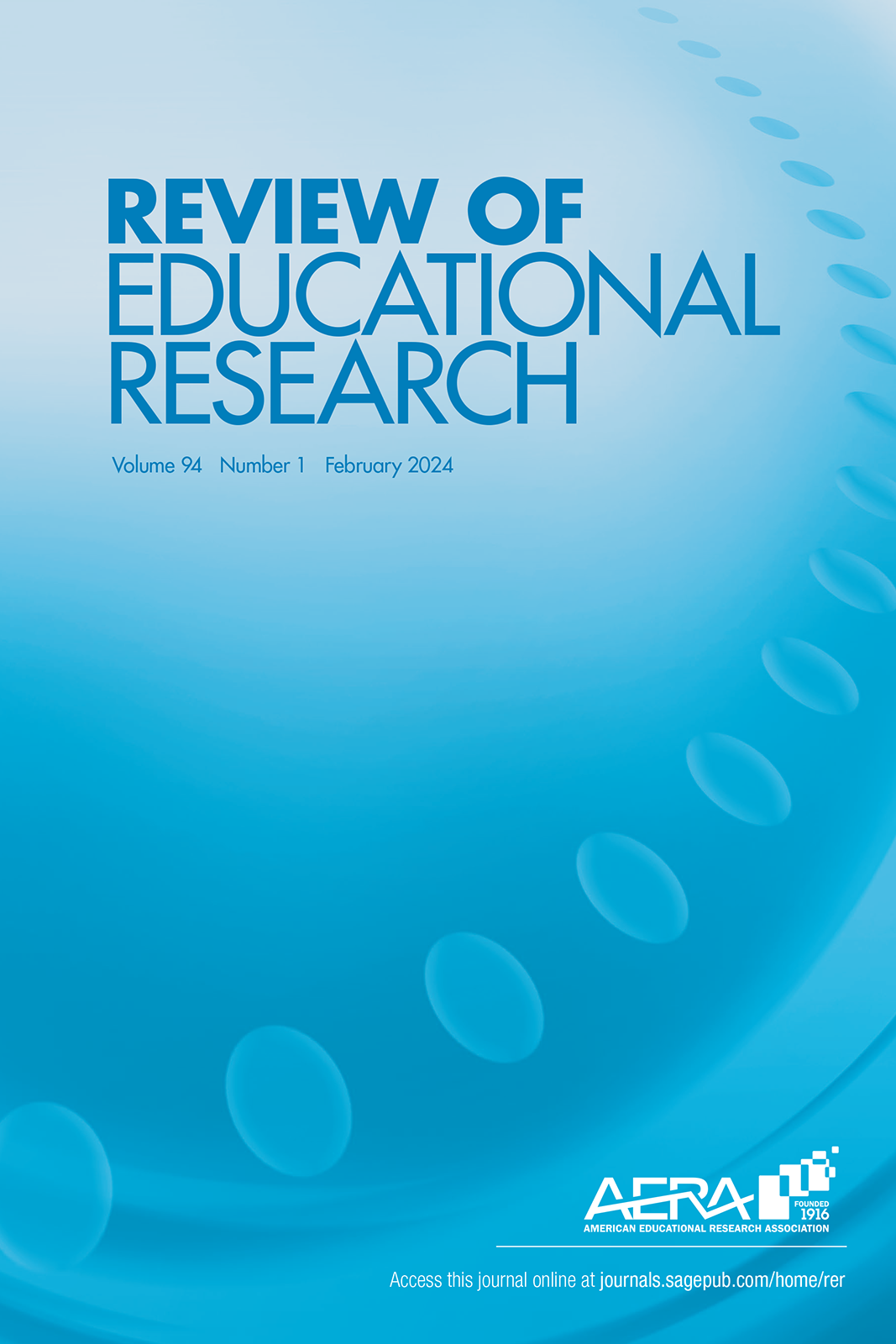在 K-12 课程中超越积木和文本的多维环境构架
IF 7.4
1区 教育学
Q1 EDUCATION & EDUCATIONAL RESEARCH
引用次数: 0
摘要
计算机编程为科学、艺术和语言的跨学科学习提供了一个框架。然而,K-12 阶段编程的日益融合表明,基于块和基于文本的编程环境二分法并不能反映编程环境的能力范围。因此,教育工作者面临着编程环境与学习者认知能力和学习目标相匹配的根本性障碍。本研究通过分析 111 篇评估编程环境可承受性的文章,确定了支持教育者选择编程环境的结构模型和理论模型,从而解决了这一难题。研究确定了编程环境的以下维度:连接模式、自然语言界面、语言继承、年龄适宜性、环境成本、输出界面、输入界面和项目类型。对于每一个维度,文献综述的范围从研究其本质和对编程学习的影响,到选择环境的意义和未来研究应解决的关键差距。研究结果为教师提供了有用的参数,用于比较和评估编程环境的适用性和与学习目标的一致性。本文章由计算机程序翻译,如有差异,请以英文原文为准。
Multidimensional Framing of Environments Beyond Blocks and Texts in K–12 Programming
Computer programming provides a framework for interdisciplinary learning in sciences, arts and languages. However, increasing integration of programming in K–12 shows that the block-based and text-based dichotomy of programming environments does not reflect the spectrum of their affordance. Hence, educators are confronted with a fundamental hurdle of matching programming environments with learners’ cognitive abilities and learning objectives. This study addresses this challenge by analyzing 111 articles evaluating the affordances of programming environments to identify both structural and theoretical models to support educators’ choice of programming environments. The following dimensions of programming environments were identified: connectivity mode, interface natural language, language inheritance, age appropriateness, cost of environment, output interface, input interface, and project types. For each of these dimensions, the synthesis of the literature ranged from examining its nature and effect on learning programming to the implications of choosing an environment and the critical gaps that future studies should address. The findings offer instructors useful parameters to compare and assess programming environments’ suitability and alignment with learning objectives.
求助全文
通过发布文献求助,成功后即可免费获取论文全文。
去求助
来源期刊

Review of Educational Research
EDUCATION & EDUCATIONAL RESEARCH-
CiteScore
24.10
自引率
2.70%
发文量
28
期刊介绍:
The Review of Educational Research (RER), a quarterly publication initiated in 1931 with approximately 640 pages per volume year, is dedicated to presenting critical, integrative reviews of research literature relevant to education. These reviews encompass conceptualizations, interpretations, and syntheses of scholarly work across fields broadly pertinent to education and educational research. Welcoming submissions from any discipline, RER encourages research reviews in psychology, sociology, history, philosophy, political science, economics, computer science, statistics, anthropology, and biology, provided the review addresses educational issues. While original empirical research is not published independently, RER incorporates it within broader integrative reviews. The journal may occasionally feature solicited, rigorously refereed analytic reviews of special topics, especially from disciplines underrepresented in educational research.
 求助内容:
求助内容: 应助结果提醒方式:
应助结果提醒方式:


